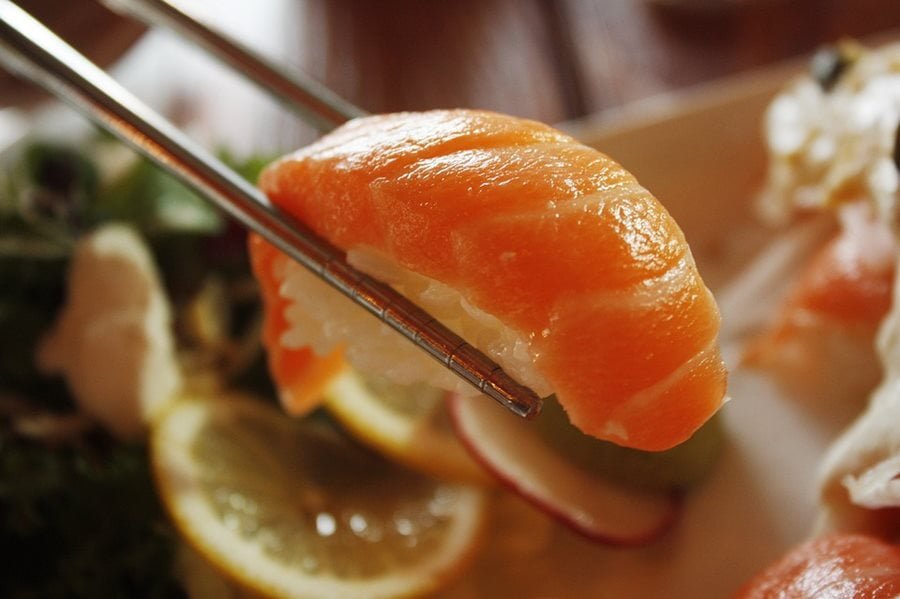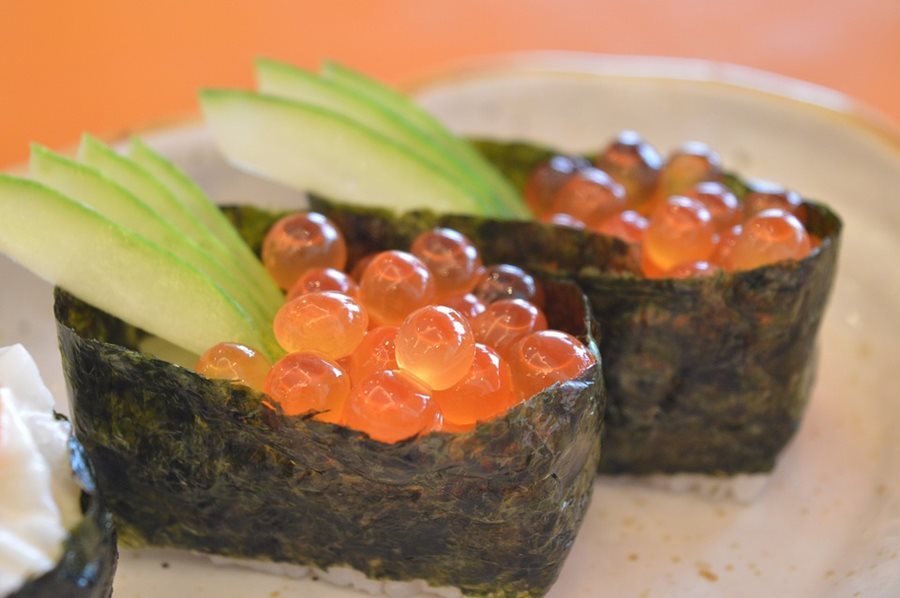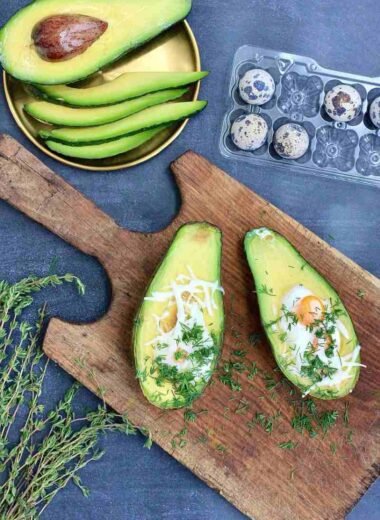Japanese Dining Etiquette
The Basic Japanese Dining Etiquette
By just watching Japanese movies and series and reading and watching the news, we can somehow get a glimpse of the Japanese finesse whenever they start to eat. It is as if every action that they do is something measured or programmed. The way they drink, the way they position the utensils, as in everything! All of these are taken into a serious matter. I have read an article that the way they dine is always linked to the level of respect and politeness towards the people they eat with. Anyhow, for those who would like to learn their ways of dining, this is the perfect article for you.
Taking a Seat
Of course, the way they sit is also anchored to the type of dinner that they will have. It may be a formal or informal one. In the traditional context, both the male and female would have to kneel (also called seiza in Japanese) while dining. Whereas for informal, the male can sit channeling a cross-legged pose while the female would have to sit with their legs facing the same side. They make use of low tables, and they make use of cushions as their seat.
Honor
The person presumed to be most important or the guest of honor would have to sit at the kamiza, a specific seat allotted for them. Their position is always the farthest from the entry door of the dining hall. Meanwhile, if there is an available place in the hall where people could get their food, people would sit facing it. And with this position, the host of the event would usually sit in the middle of them.
Towels
Since Japanese are well-known for the way they clean their body and surroundings, if you will be eating in a place (restaurant or bar), you will be offered an oshibori (steamed towel) which will be used for cleaning your hands. It is considered disgusting to use such a towel in wiping the face since it is only intended for the hands. While if you are going to dine in a home, it is always necessary to wash your hands before beginning to eat.

Japanese Dining Etiquette
Gratitude
The eating time would only begin when someone from the group would signal the gesture to start eating. This is, of course, appreciated in the way of saying itadakimasu ( gratefully receive it). Once you are done eating, you may thank the host for inviting you by saying gochisosama deshita (thank you for the food).
Chopsticks
The use of chopsticks is somehow complicated for the Japanese because it entails a lot of details to follow. For example, if you are eating and need to talk to your co-diners, you must first put your chopstick on the stand. It is also considered inaccurate to pass food from your chopstick to others, and more so, it is also inappropriate to get food directly from the communal dish if you are using your chopstick. The position of the food should always be horizontal to your bowl because putting it in a vertical place imitates a ritual being held at funerals.
Handling
Always position or hold the bowl near your mouth to avoid the food hanging in the air or traveling from the bowl going to your mouth. It is highly considered to eat pieces of food in big bites than the smaller one. On the other hand, trying to catch fallen pieces of rice or other food using your hands is considered impolite.
Soup
Since the Japanese are fond of spices and ingredients, they do not usually use spoons, and they prefer chopsticks even if it’s a soup. In this case, slurping is also a sign of interest in the food. They also believe that slurping gives the air enough air, which makes the soup more delicious. In the case of miso soup, they usually drink the soup like a cup, and they use the chopstick to eat the remaining solid bits.

Japanese Dining Etiquette
Drinking
Wait for everyone to get their glasses and say the kampaii (cheers). Females should hold their glasses at the bottom part while men would only do this when they are drinking with someone higher to them in position. For beverages now, it is highly encouraged that you pour the glasses of others and wait for them to pour yours instead of refilling your drink.
Clam Shells
Do not ever ask for an extra plate or bowl to put the empty shells because this is considered rude. Just make use of the bowl you used as your container.
Soya Sauce
You will usually be given a shallow bowl to serve as your container. Once you are done, make sure that you leave some soya sauce traces in your bowl.
Wasabi
Never mix the wasabi with the soy sauce because this is considered rude for the chef who prepared it because they believe that the taste of the sushi would be affected by this act.

Japanese Dining Etiquette
Pouring
In pouring a drink into a glass or cup, the hand you are using in holding the bottle or pitcher should be positioned in pouring forward because the backward position is an insulting gesture for them.
Tea Ceremonies
Japanese are strict when it comes to this process because it emphasizes tranquillity. All you have to do is remove your footwear as you enter the house and sit quietly. Greet the owner with a bow and do not bother to do other verbal greetings or even a handshake.
Ending your Meal
Once you are done with your food, all you have to do is return all the things you used in their original position, just like when it was served to you.
Paying the Bill
It is a usual action for Japanese that the one who hosted the event or invited the people would be the one to pay for everything.
If it so happens that you visit Japan, you will surely impress your friends because you perfectly know what to do! Always remember that you have to do it with poise and composure. You are supposed to look calm and relaxed while following these things.

Japanese Dining Etiquette
Related Posts
- 20 TOP SINGAPORE TOURIST SPOTS | THINGS TO DO
- MACAU TOURIST SPOTS | 20 Attractions You Shouldn’t Miss
- THINGS TO DO IN PATTAYA, THAILAND
- 25 THINGS TO DO IN CAMBODIA | TOURIST SPOTS
- ABOUT(Opens in a new browser tab)
- DAVAO TOURIST SPOTS | THINGS TO DO
- STREET FOODS IN THE PHILIPPINES
- GINATAANG HALO-HALO | BINIGNIT | Quan Delicacies
- DISCOVERING TOP ASIAN SPICES AND HERBS
- VIETNAMESE FOOD | EXCITING DISHES TO TRY











